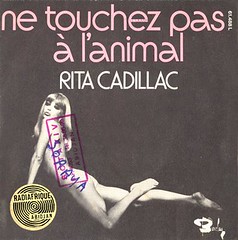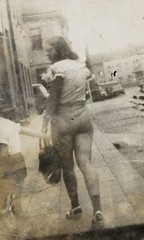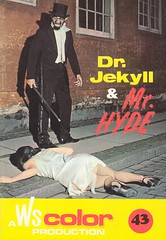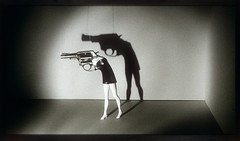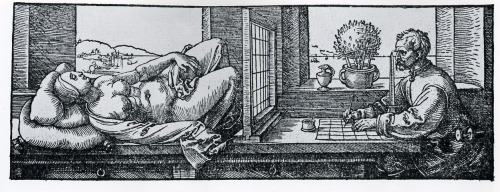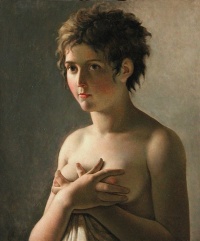“Ne touchez pas à l’animal” (1971) by Rita Cadillac via au carrefour étrange
“É Bom Para o Moral” (1984) by Rita Cadillac
The first Rita is French, she was an exotic dancer of the generation of previously mentioned Rita Renoir, the tragedienne of strippers. The title of her single reads “Do not touch the animal”.
The second Rita is Brazilian and her song translates as “It’s good for the moral”. It’s an outrageously uplifting Euro-dance song of the same mantle that holds Lou Deprijck, the virtually unknown but at the same time one of the most successful Belgian music producers ever, of whom I’ve given you guilty pleasures #7 and Que Tal America.
What Lou and Rita share is a love of the Brazilian thing, logical for Rita since she is Brazilian, logical for Lou since he loves party music and Brazilians have been very apt at producing party music.

